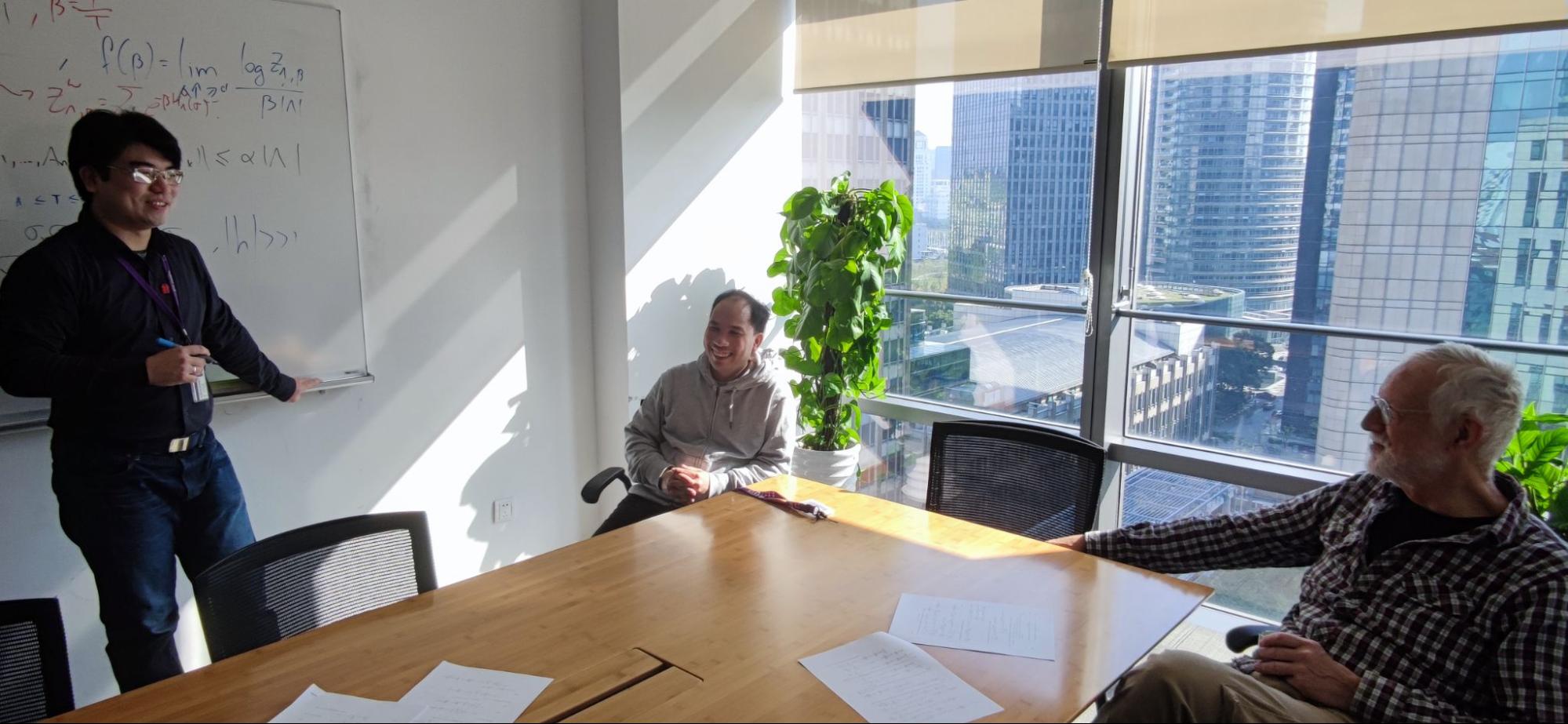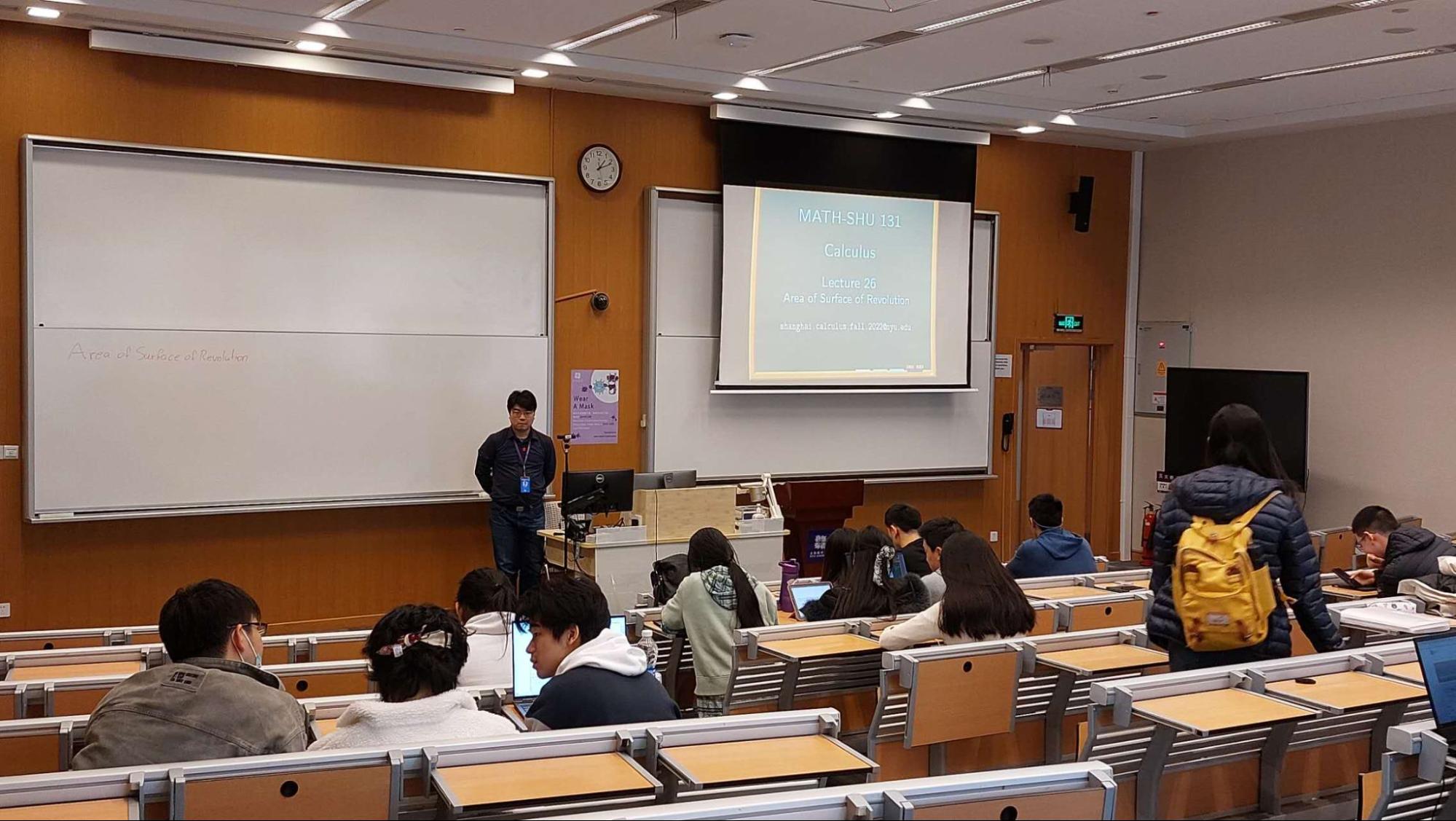Dec 26 2022
Published by
NYU Shanghai

Dr. Eric Endo arrived at NYU Shanghai in 2018 as a postdoctoral fellow in mathematics. Since arriving, he’s collaborated with many mathematicians in the NYU Shanghai community on ferromagnetism, combinatorics, and statistical mechanics. He’s also dedicated himself to becoming a better educator, having taught multiple math classes, and now works as a Visiting Assistant Professor of Practice in Mathematics.
Tell us about your background. What brought you to NYU Shanghai?
I am Japanese Brazilian and graduated from University of São Paulo in Brazil. My undergraduate and masters studies were in math, but focused on the computer science and theoretical parts of it. During my master’s, I became interested in statistical mechanics and decided to pursue a PhD in physical mathematics. While in the program, my supervisor, Rodrigo Bissacot, gave me the opportunity to go to the Netherlands and complete a double PhD, so now I have a PhD in Applied Mathematics from University of São Paulo and one in Mathematics from University of Groningen.
I came to NYU Shanghai to do my post-doc because of the strong reputation of mathematicians here. I was assigned an NYU Shanghai faculty mentor, Roberto Fernández. Roberto was actually my Brazilian PhD supervisor’s PhD supervisor, so he is my “academic grandfather” as well!

Endo on the left with his research group. His mentor and “academic grandfather,” Professor Roberto Fernández is on the right, and Tong Xuan Nguyen is in the center.
Tell us about your research.
I work in “ferromagnetism.” Ferromagnetism is a property of some materials, such as iron, that shows attractive properties to magnetic field. One important property of ferromagnetic materials is that, when you add heat to a magnet, it loses its magnetism. In one of my current research projects, I add external energies in each atom of the magnet to control the magnetization of the material.
There are implications for this research in neuroscience, biology, and medicine. The brain’s synapses work in a similar way mathematically. With synapses, it’s not exactly the same plus/minus system as in magnets, but the same mathematical models that we have for energy being lost and gained in magnetism can be applied to the brain model.
A video explaining the concept of ferromagnetism - when the element of heat is added to a magnet, the magnet loses its magnetism.
What is the atmosphere like in NYU Shanghai’s academic community?
Our research community is very active; the math department hosts weekly seminars in which we invite other researchers from NYU Shanghai and researchers from around the world to discuss research and current findings.

Endo teaching calculus
I think I’ve grown tremendously as a teacher. The student’s engagement is really strong. In my calculus course, there are 400 first-year students from all over the world with different cultures, mindsets, and learning styles, and making sure that everyone is satisfied is a challenge. Throughout my courses though, I'm really getting an idea on how to understand myself in teaching and how to improve and express the math ideas for this large group of students.


